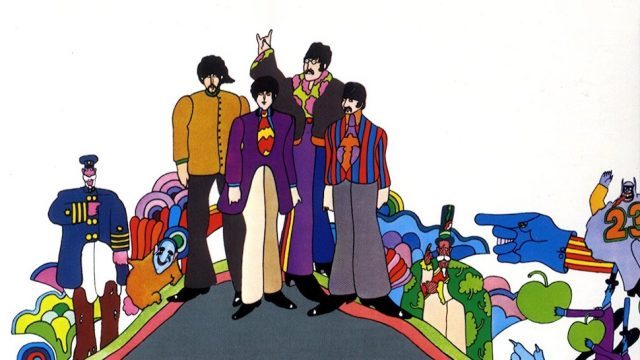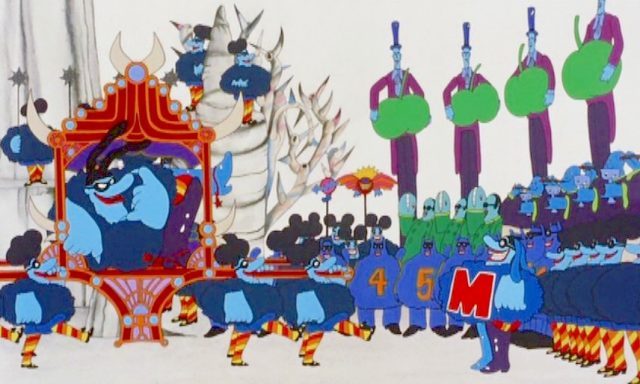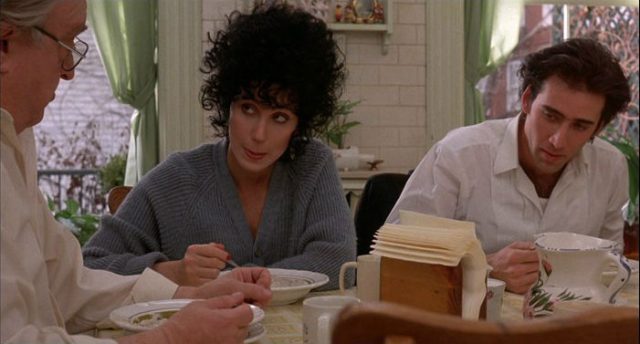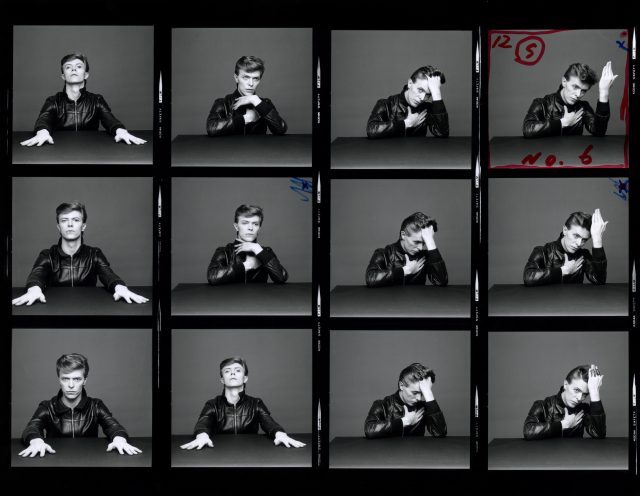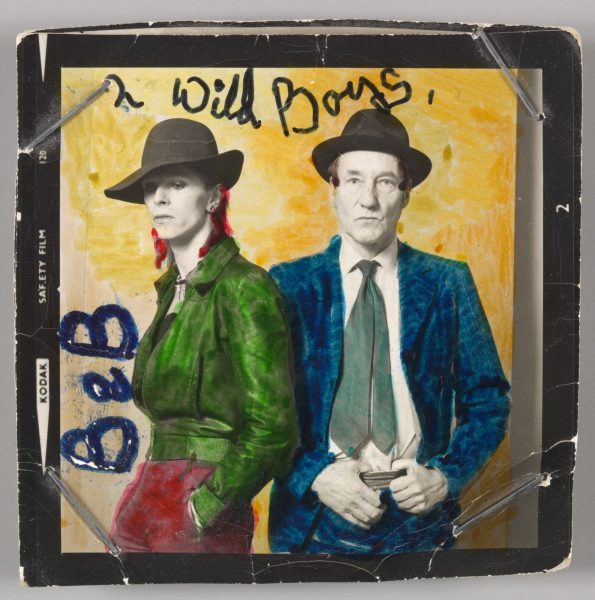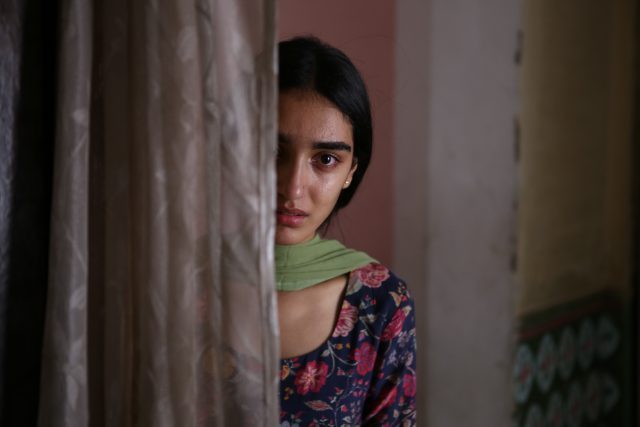
Maria Mozhdah makes a powerful debut in Iram Haq’s What Will People Say
WHAT WILL PEOPLE SAY (HVA VIL FOLK SI) (Iram Haq, 2017)
IFC Center
323 Sixth Ave. at West Third St.
Opens Friday, July 13
212-924-7771
www.ifccenter.com
www.kinolorber.com
 Pakistani-Norwegian actress, writer, and director Iram Haq follows up her 2013 debut, the deeply personal I Am Yours, about a single mother’s disconnection from her parents, with another personal and heart-wrenching drama, What Will People Say. When she was fourteen, Haq was kidnapped by her parents in Norway and sent back to Pakistan to live with relatives, deprived of the freedoms she was accustomed to in Scandinavia. In What Will People Say, Maria Mozhdah, in her film debut, gives a powerful performance as Nisha, a teenager caught between her non-Pakistani friends in Norway and the old, fundamentalist ways of her parents and community. At his birthday party, her father, Mirza (Adil Hussain), seems like a good guy, but when he catches Nisha in her bedroom with Daniel (Isak Lie Harr) — they were merely talking, contemplating kissing — he assumes the worst. Believing the family has been disgraced, he takes Nisha, who was considering becoming a doctor, back to an impoverished Pakistani village to live with her aunt (Sheeba Chaddha) and uncle (Lalit Parimoo), where she will essentially be their servant. But when the police see her kissing her cousin Amir (Rohit Saraf) in the street, the family’s added humiliation leads Mirza to consider taking even more extreme action against his confused and desperate daughter.
Pakistani-Norwegian actress, writer, and director Iram Haq follows up her 2013 debut, the deeply personal I Am Yours, about a single mother’s disconnection from her parents, with another personal and heart-wrenching drama, What Will People Say. When she was fourteen, Haq was kidnapped by her parents in Norway and sent back to Pakistan to live with relatives, deprived of the freedoms she was accustomed to in Scandinavia. In What Will People Say, Maria Mozhdah, in her film debut, gives a powerful performance as Nisha, a teenager caught between her non-Pakistani friends in Norway and the old, fundamentalist ways of her parents and community. At his birthday party, her father, Mirza (Adil Hussain), seems like a good guy, but when he catches Nisha in her bedroom with Daniel (Isak Lie Harr) — they were merely talking, contemplating kissing — he assumes the worst. Believing the family has been disgraced, he takes Nisha, who was considering becoming a doctor, back to an impoverished Pakistani village to live with her aunt (Sheeba Chaddha) and uncle (Lalit Parimoo), where she will essentially be their servant. But when the police see her kissing her cousin Amir (Rohit Saraf) in the street, the family’s added humiliation leads Mirza to consider taking even more extreme action against his confused and desperate daughter.
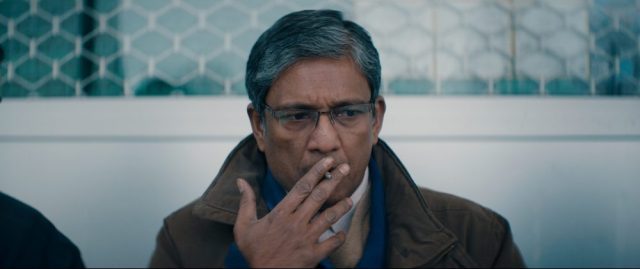
Mirza (Adil Hussain) is more worried about how his family is perceived than the truth about his daughter in What Will People Say
What Will People Say is a brutal, gripping look at identity and assimilation in contemporary society, which is particularly relevant in regard to the current migrant and refugee crisis in America and around the world. In many ways, Nisha is the ideal daughter, a smart, sweet, attractive, and caring young woman with a promising future. In fact, her mother (Ekavali Khanna) and father are as proud of her as they are of her older brother, Asif (Ali Arfan), who is also studying to be a doctor. But the frightening difference in the treatment of boys and girls becomes quickly evident when it involves any kind of sexuality in a society that still arranges marriages for their children. Nisha doesn’t understand why her parents are being so abusive to her, especially because, as she repeats over and over, she has done nothing wrong. But she is also unable to tell the Norwegian authorities what is happening to her, fearing further harsh treatment at the hands of her family, unwilling to betray them. The film is reminiscent of Abdullah Oğuz’s 2007 Turkish drama Bliss (Mutuluk), in which a seventeen-year-old girl is raped and her village demands that she be executed in an honor killing. A coproduction of Norway, Germany, and Sweden and told in Norwegian and Urdu, What Will People Say is a difficult film to watch; you keep wanting Misha to speak out and fight back, but the fear of reprisal is so ingrained in her that she is virtually helpless, as old-fashioned, outdated values are hard to break away from even in the modern-day world.

 Jake Meginsky’s unconventional documentary of unconventional musician Milford Graves begins with the following epigraph from Graves: “Look at the room downstairs / Look at the garden outside / Don’t try to analyze it / Just take it in.” That is not only Graves’s life philosophy but also the best way to experience Milford Graves Full Mantis, which opens today at Metrograph. Born in 1941 in South Jamaica, Queens, where he still resides, Graves is an avant-garde free jazz percussionist who plays and lives to his own beat. In 2004, Meginsky knocked on Graves’s door, asked to study with him, and soon became the Professor’s assistant. He’s been documenting him ever since; the film, codirected by drummer Neil Young, who also edited and photographed it with Meginsky, features compelling live footage along with peaceful moments in Graves’s basement and expansive garden. Early on, Meginsky shows a wild excerpt from a 1973 concert at the Jazz Middelheim Festival in Antwerp in which Graves performs with Joe Rigby and Hugh Glover on reeds and Arthur Williams on trumpet; the fierce, dissonant music might not be to everyone’s taste, but it serves as a terrific counterpoint to Graves’s calmer side, pontificating on, well, sometimes it’s hard to tell what, but it’s always fascinating.
Jake Meginsky’s unconventional documentary of unconventional musician Milford Graves begins with the following epigraph from Graves: “Look at the room downstairs / Look at the garden outside / Don’t try to analyze it / Just take it in.” That is not only Graves’s life philosophy but also the best way to experience Milford Graves Full Mantis, which opens today at Metrograph. Born in 1941 in South Jamaica, Queens, where he still resides, Graves is an avant-garde free jazz percussionist who plays and lives to his own beat. In 2004, Meginsky knocked on Graves’s door, asked to study with him, and soon became the Professor’s assistant. He’s been documenting him ever since; the film, codirected by drummer Neil Young, who also edited and photographed it with Meginsky, features compelling live footage along with peaceful moments in Graves’s basement and expansive garden. Early on, Meginsky shows a wild excerpt from a 1973 concert at the Jazz Middelheim Festival in Antwerp in which Graves performs with Joe Rigby and Hugh Glover on reeds and Arthur Williams on trumpet; the fierce, dissonant music might not be to everyone’s taste, but it serves as a terrific counterpoint to Graves’s calmer side, pontificating on, well, sometimes it’s hard to tell what, but it’s always fascinating. 
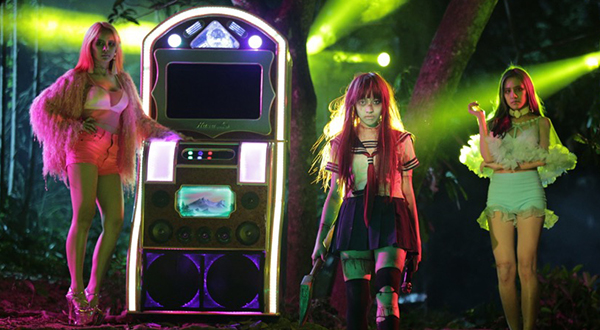
 You’re going to think twice about the next time you see a karaoke machine after watching Premika, Siwakorn Jarupongpa’s delightfully fun 2017 horror-comedy making its North American premiere July 13 at the New York Asian Film Festival. The candy-colored Thai flick is set at the grand opening of a hotel in the middle of a forest, where an oddball group of supposed VIPs have gathered. When one of the guests asks if the hotel is haunted, hotel manager Mr. Lee (Fu Nan) freaks out, because of course there is a ghost, and quite an awesome one at that. A young woman in a Sailor Moon outfit whom the police have dubbed “Premika” (Natthacha De Souza) has been murdered by a lake, her body chopped into pieces by a mystery assailant, and she’s determined to stick around until the killer is caught.
You’re going to think twice about the next time you see a karaoke machine after watching Premika, Siwakorn Jarupongpa’s delightfully fun 2017 horror-comedy making its North American premiere July 13 at the New York Asian Film Festival. The candy-colored Thai flick is set at the grand opening of a hotel in the middle of a forest, where an oddball group of supposed VIPs have gathered. When one of the guests asks if the hotel is haunted, hotel manager Mr. Lee (Fu Nan) freaks out, because of course there is a ghost, and quite an awesome one at that. A young woman in a Sailor Moon outfit whom the police have dubbed “Premika” (Natthacha De Souza) has been murdered by a lake, her body chopped into pieces by a mystery assailant, and she’s determined to stick around until the killer is caught. 
